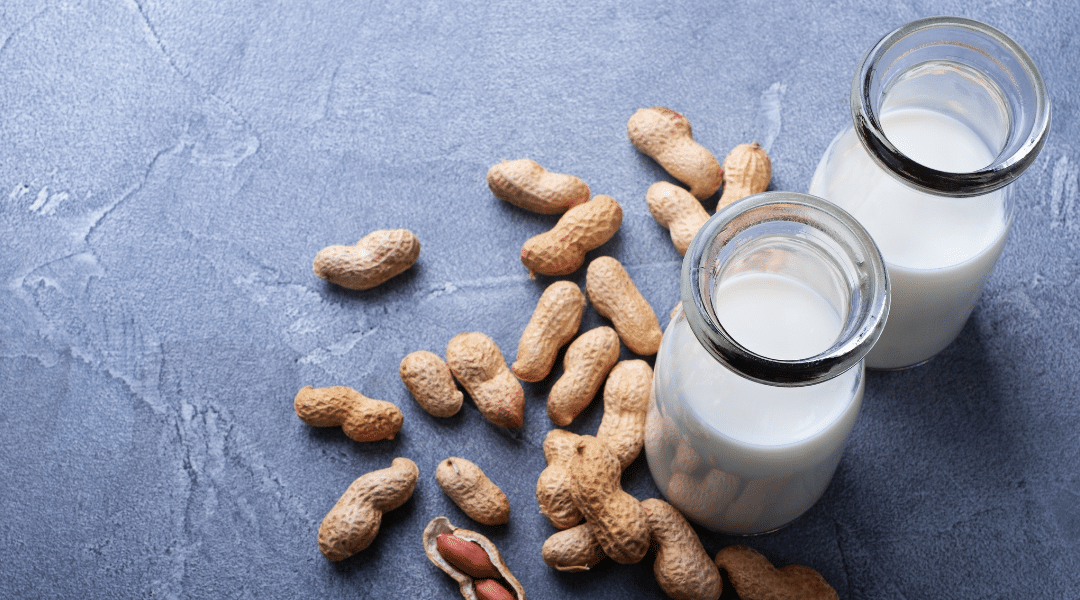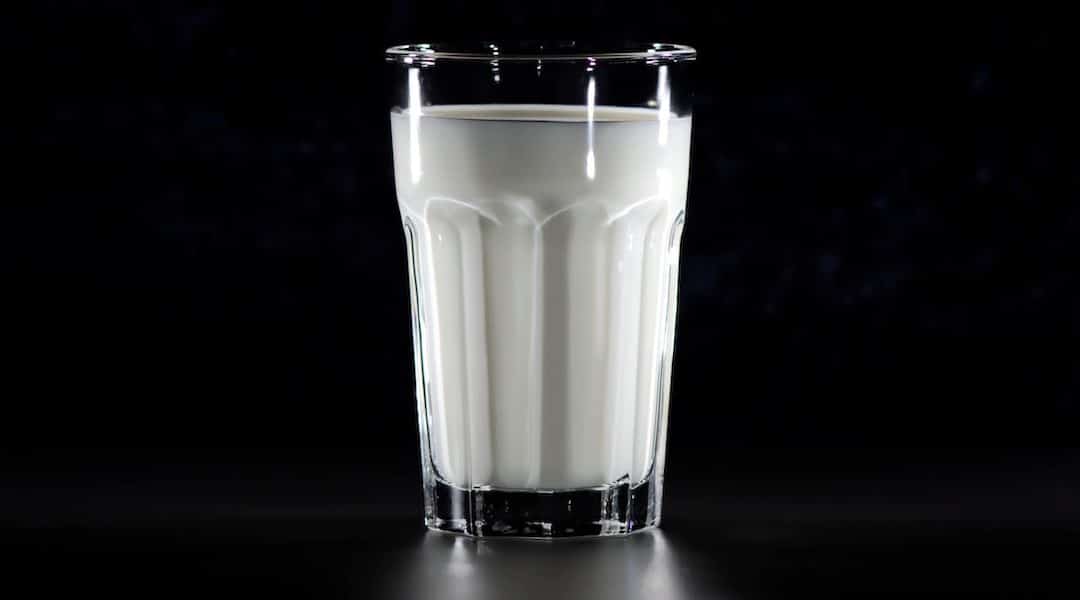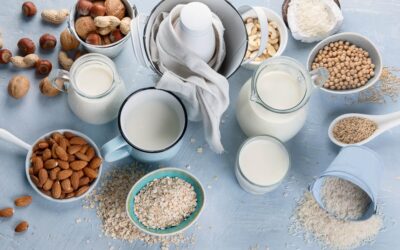I remember a feeling of elation when the chocolate-milk-as-exercise-recovery news broke several years ago and happily guzzled the advice. I was a huge fan of organic dairy products—Vermont cow and goat yogurt and cheese especially—as part of my supposedly healthful training diet, which consisted of a homemade, non-processed, organic, “Mediterranean” approach: mostly vegetarian but with eggs and wild-caught fish.
In 2009, a bad case of aggressive, invasive, metastatic (lymph), and hormone-positive breast cancer led me to a thorough re-evaluation of nutrition. Seeing the hit documentary “Forks Over Knives” was an enlightening and transformative moment. Accordingly, I’d like to offer some thoughts on the chocolate milk fad. Happy spoiler alert: although I’ve ditched dairy, I still enjoy a sumptuous chocolate milk, just one made with powerhouse and problem-free ingredients (see recipes here).
I’m not claiming absolute truth here, and readers are free to disagree. This is an invitation to inquiry, and I encourage everyone to set aside their bias from growing up with US Dairy Council and government-funded milk propaganda and to give the resources linked within this article an open-minded fair hearing. I also encourage questioning conventional nutrition advice, especially when its sources are heavily influenced by industries who profit from their promotion.
The Chocolate Milk Study
The entire endeavor is an attempt by the dairy industry to get a piece of the $20 billion per year sports drink action and to counter decreasing liquid milk sales. Even WebMD, which is favorable to the industry, admits, “The studies were supported by a grant from the National Dairy Council and National Fluid Milk Processor Promotion Board.” The researchers of this 2006 “groundbreaking” study also added a major caveat: This study was presented at a medical conference. The findings should be considered preliminary as they have not yet undergone the “peer review” process, in which outside experts scrutinize the data prior to publication in a medical journal.
Further, this study used just nine subjects and compared chocolate milk only to Gatorade and Endurox R4, not against a real food alternative. There was no control group. Its flawed methodology “proved” only that chocolate milk was almost as good as Gatorade. Experts do not, in fact, agree with the pro-milk conclusions, and a myriad of examples abound; see here and here.
To learn more about the extent to which industry controls nutrition policy, nutritionists, and nutritional education, in addition to influencing studies and their publication and promotion, see both part 3 of “The China Study” and Dr. T Colin Campbell’s latest work, “Whole: Rethinking the Science of Nutrition.”
Problems with Chocolate Milk
Chocolate milk is recommended to athletes because of its supposedly ideal ratio of carbohydrates, fats, and proteins. That may be so, but not all carbohydrates, fat, and proteins are created equal, and those of chocolate milk are some of the worst kinds.
The carbohydrates in chocolate milk mostly consist of added processed white sugar and corn syrup, about which no one can honestly have anything good to say. Other carbohydrates come in the form of the milk sugar lactose, which most people tolerate poorly (i.e. lactose intolerance). Even if one is not lactose intolerant, they may still be sensitive to lactose and experience occasional gas, bloating, excess mucus, or acid reflux when drinking milk. Others may also experience allergic reactions including acne, eczema, hives, or more severe symptoms.
Finally, the fat in milk is mostly saturated fat, which every credible authority recognizes as a poor choice. The protein source is also problematic, as it consists of 82% casein and 20% whey. Casein has been seen to stimulate unregulated growth in the body, and many researchers associate it with triggering the growth of cancer cells.
“Hormone-Free” Milk Does Not Exist
Mammalian milks are species specific. Cow milk is perfect for calves, but for humans, not so much. How about chocolate human breast milk instead? Milk products—even organic—are inevitably contaminated with various environmentally ubiquitous pollutants (dioxins, PCBs, herbicides, and pesticides) which bioaccumulate in fatty tissues. In addition to these chemicals, cow’s milk also contains naturally occurring hormones, because it is breast milk, which fundamentally contains a lactating mammal’s hormones. This is bad news for anyone concerned about hormonal cancers, particularly prostate and breast cancer.
There’s also the problem with the cows and their calves themselves, never as happy as the advertising leads us to believe. The standard industry practices are less than humane, even on organic, local, and grass-fed farms. For details, listen to our Switch4Good podcast episode with former dairy farm worker, Jessica Strathdee.
These Athletes Are Thriving Without Chocolate Milk
It has become increasingly common to see ultra-athletes thrive and recover on a nutrient dense, whole foods plant-based diet. How they do what they do, year after year, is well worth a serious look. These athletes include professional Ironman and plant-based nutrition guru Brendan Brazier, “Ultraman” Rich Roll, Tim VanOrden (trail running and stair climbing champ), pro-Ironman champ Hillary Biscary, ultra-runner Scott Jurek, and countless others.
How do they do it? They rely on whole, nutrient dense plant-based foods to power them through their workouts and help fight inflammation to speed up recovery. All nutrients found in animal products are available in plant-based forms; after all, the animals get these nutrients from plants, so by eating plant-based, you’re obtaining these vital nutrients straight from the original source. Unlike chocolate milk, many plant-based foods are truly anti-inflammatory, recovery boosting superfoods. Just a few include berries, beet juice, and watercress.
A (Tasty) Dairy-Free Alternative to Chocolate Milk
While chocolate milk has just been associated with a number of issues, there is one aspect that is difficult to disprove—it tastes good. However, a satisfying, healthy chocolate milk alternative does exist, and you can easily make it at home! Click here for the recipe, as well as several recovery smoothies and flavor variations on this smooth, chocolaty classic.
Written by: Ellen Kennelly.
Ellen has been concerned with food justice issues since living and traveling in the South Pacific and Africa starting in the late 1970s, and bicycling cross-country for Oxfam in 1983. A former teacher and professional baker, and now a sculptor and avid amateur chef, Ellen also volunteers as a vegan advocate to champion the intertwined causes of non-violence and justice for human and non-human animals. She was at the top of national and international masters sculling, at race distances from 1,000 to 11,000 metres, from 1993 to early fall 2009 when breast cancer slowed her down. Now that treatment is over, Ellen is hopeful of triumphing over its ravages and achieving an eventual comeback.








